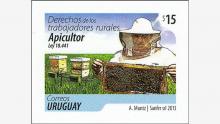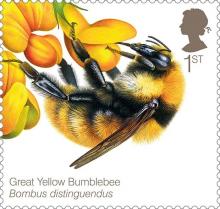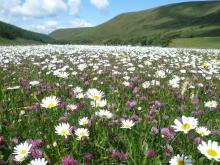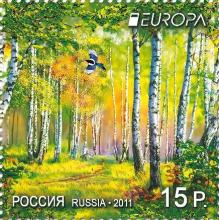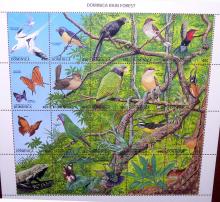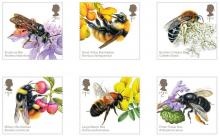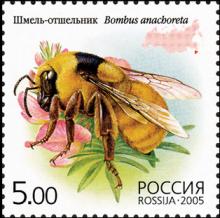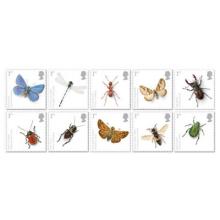Neonicotinoide Beizen ab jetzt dauerhaft verboten in Deutschland
Nun ist es endgültig: Der Handel und die Aussaat von Wintergetreidesaatgut mit neonikotinoiden Beizen ist nun in Deutschland ausnahmslos verboten. Damit wird die EU-Regelung verschärft. Für einen besseren Bienenschutz hat das Ministerium nun Saatgut von Wintergetreide, das mit den Neonicotinoiden Clothianidin, Imidacloprid oder Thiamethoxam behandelt wurde, in Deutschland ausnahmslos verboten. In Deutschland selbst war eine Saatgutbehandlung mit diesen Insektiziden bereits untersagt. Mit der Neuregelung wird nun auch die Einfuhr von solchem Saatgut und dessen Aussaat verboten.

